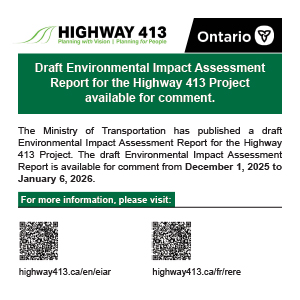By Sonal Gupta, Local Journalism Initiative Reporter, Canada’s National Observer Traditionally, wild rice — or manoomin — is harvested by paddling into shallow waters and gently knocking the ripe grains into the canoe using cedar sticks. It’s a time-honoured practice central to Anishinaabe culture and ceremonies. “This wild rice is part of our migration story,” said Jyles Copenace, cultural coordinator for Kenora Chiefs Advisory Youth and Family Wellness Camp. “It ties us to where we ended up in northwestern Ontario and to the Great Lakes.” Historically, manoomin thrived in the shallow waters of lakes and rivers. But hydroelectric production, invasive cattails and climate change have made traditional harvesting difficult. “[Wild rice] used to last a month, but now, because of climate change, the rice becomes brittle and must be harvested…












